
The children returned from their mid-morning snack. The tutor, Isabel Castro, had placed some cards on the tables with addition problems, some more complex than others. It was time to start the next activity of the day: in less than a minute, they had to solve a sum and rotate to the next space.
Ready, set, go. Six-year-old Luke completed all three of the math problems on his table in less than a minute.
“This is so easy!” he told his teacher with a slight tone of indignation.
“Take these, I have more for you,” Isabel told him, giving him more equations.
At full speed, he continued adding and adding, while at the opposite end of the classroom, another teacher, Silvia Castilla, went around helping the other children.
“Luke can do three of my classes in one. That’s why I always have to plan twice or three times as much for him,” Isabel said later. “In a traditional educational system, Luke would have had to stay seated while everyone else finished, but here he can go on and take advantage of his energy,” she added.
In the district of Tamarindo, in Santa Cruz, an educational center called the Renaissance Institute (IREN- Instituto Renacimiento) applies teaching methods for “extraordinary” students, children who don’t adapt to the standardization of traditional education because it doesn’t meet the needs of their ways of learning.
***
For three years, Luke’s mother, Monika Duskova, got all kinds of complaints from the schools where she enrolled her son: that he was too restless, that he didn’t keep quiet, that he didn’t want to learn. They even suggested that she medicate him to regulate his behavior.
I was sad that Luke didn’t like going to school and that he always had problems,” recalled Monika.
She is aware that Luke has a lot of energy but was convinced that there must be a way to harness it in a positive way for him to learn. “And I said: this child doesn’t need medicine. He is very intelligent and they just didn’t know how to teach him.”
But the pandemic hit and the chances that Luke and her other nine-year-old son, Joe, would be able to go back to school after the holidays grew more and more remote.
Until one day, Monika saw on social networks that IREN was announcing a camp for girls, boys and teens. That’s when she decided to enroll her children.
The change for Luke was radical.
“Sylvia (the principal) was able to turn the responsibility of studying into something fun, so it seems like a game. She’s made it into a competition. My son comes home and it’s no longer, ‘Please Luke, do your homework.’ Instead, now he tells me, ‘Mom, please, we have to do our homework to get points and win the competition,’” she related.
Now Luke is the president of his classroom. That task, he says, involves taking care of the other children to make sure they don’t get hurt, because “IREN’s goal is for us to have fun and feel safe,” he explained.
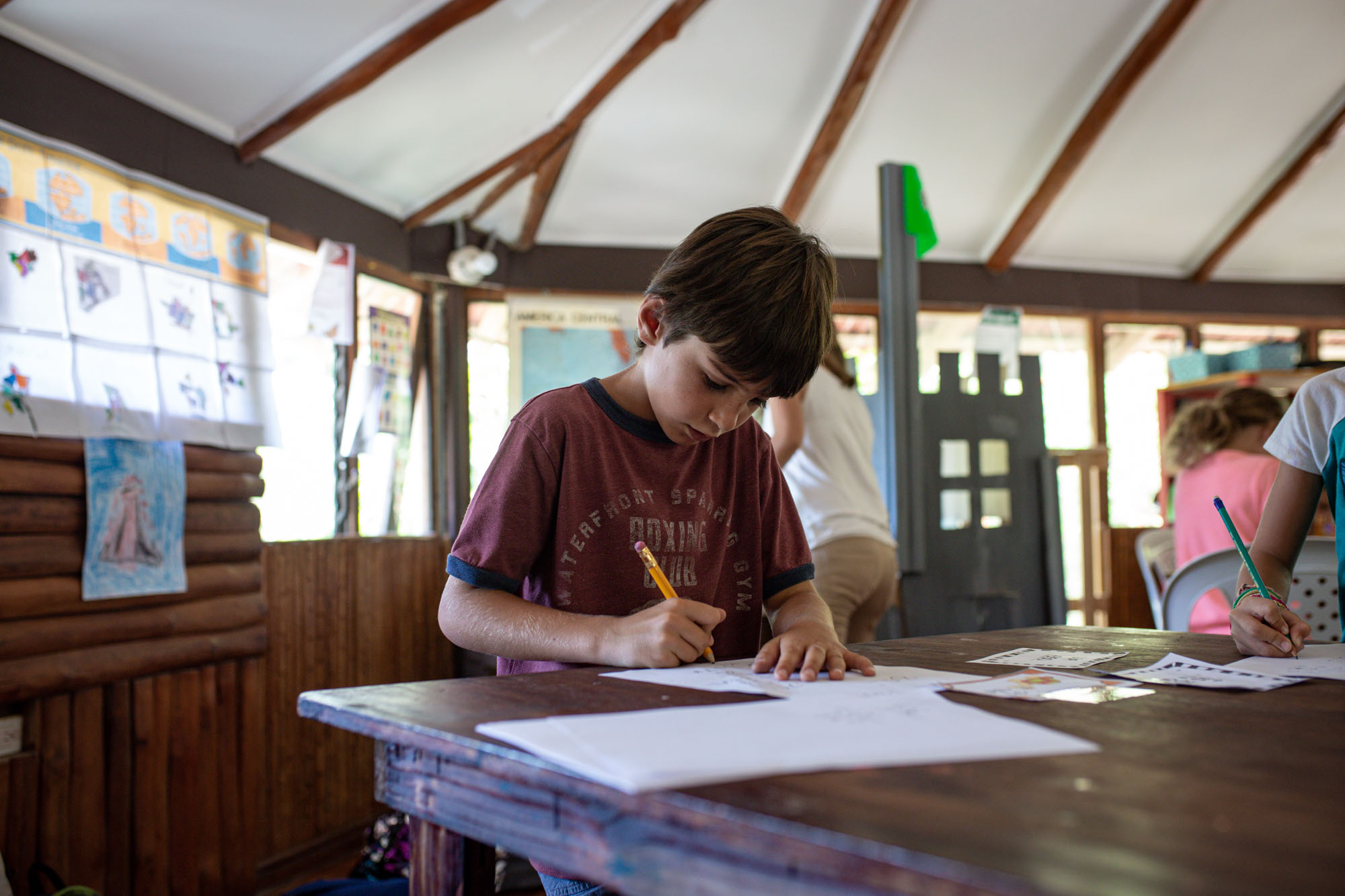
Luke Molloy, a six-year-old Costa Rican, does addition in his class at IREN. According to one of his tutors, Isabel Castro, she has to plan two or three times as much for him because his level of mathematics is one of the most advanced in the class. Photo: César Arroyo Castro
***
Sylvia Barreto is the driving force behind IREN. She is a teacher from Paraguay with a master’s degree in education and is passionate about understanding the brain to motivate learning.
“The idea for IREN got started eight years ago at my house,” said Sylvia. “We weren’t happy with our children’s education. The oldest wanted to focus on music, but the school demanded that he spend eight hours there and that he come home to do projects, so he had no time left for his passion.”
She and her husband, Costa Rican physicist Esteban Monge, decided to opt for distance learning from the Ministry of Public Education (MEP) for their children, and to be their tutors themselves. “We managed to create a system at home that ended up attracting other students,” who also chose distance learning, she explained.
When they managed to balance their education and find their strengths, some returned to traditional education. Two students even went through high school with her and graduated with honors when they were 16 years old. One of them is Isabel Castro, who is currently a tutor at IREN.
“I would finish the work in the middle of the class [in traditional schools] and they wouldn’t let me read or do other homework,” recalled Isabel. “And my goal was always to graduate early, but I never had that opportunity until I met Sylvia.”
According to Sylvia, there are two main groups of students who end up left out in traditional education: those that people would simply call “gifted” and those who would be considered “deficient.” She, on the other hand, sees them all as “extraordinary.”
They aren’t children with deficiencies nor are they gifted,” she clarified. “They just have different ways of building learning. So we said, ‘What would happen if we create a place for them?’”
In 2019, the National Council of Deans (CONARE) pointed out a series of challenges based on research from the State of Education Report. Among them, for example, is “promoting approaches aimed at more active learning, oriented toward problem solving, collaborative work and investigation.” They also reiterate that improvement in these results “will not depend on political reforms, but on changes in what happens inside the classrooms.”
“The task isn’t easy,” the Conare report continues. “It implies substantive transformations in a system that hasn’t focused its attention on learning and teacher-student interactions.”
It is a recurring theme in the analysis of current education. The sixth State of Education Report (2017) indicated that it was necessary to change the methodologies that are followed in the majority of educational centers, where students sit, have to listen to explanations, copy and do exercises.
“Opportunities are scarce for joint creation of knowledge between students and teachers,” the report says. “Few discussion activities were observed and, above all, little feedback from teachers to their students when they didn’t request it.”
Sylvia said that scenario was clear to her a long time ago. For this reason, while she continued to tutor distance learning students, she and her husband investigated the national and local context of education in the country, gathered everything into a document that lays the foundations for IREN and founded it as a nonprofit organization.
She supports methodologies like positive discipline, a way of educating that draws away from punishment and adult centeredness and is based on respect and mutual understanding between the student and the educator; as well as multisensory education, which takes into account that people learn in very different ways involving different senses.
In February of last year, they opened their first facilities in Tamarindo, but days later, the pandemic forced them to close and put a hold on the project’s new launch. “Fortunately, by the way, because what we are doing right now is a dream,” she affirmed.
In the middle of last year, they reopened for the camps that Monika saw on Facebook, but in a new place: the Black Stallion Ecopark, a property where they can enjoy 13 hectares (32 acres). Due to the openness of the place, and because there are 20 children divided into subgroups, the educational center has given them the freedom to not use a mask. “This place lets children be children. Because they’re with children with whom they will surely continue playing later without a mask,” said Monika, who agrees with the decision.
During the camps– and even now– the children have contact with nature, take walks and ride horses, without much technology involved in the facilities.
After months in front of screens, the parents begged us not to use them in class… Instead, they play outside with board games like chess and with art,” explained Sylvia.
In the educational center, there are no exams or required homework. Instead, they work with a points system that motivates children to decide to behave better, to do more and more activities and tasks. “It’s a competition where you can always win,” Sylvia summed up. “The boy who is good at sports is just as good as the one who is good at math.”
Of course, IREN isn’t affiliated with MEP. Sylvia decided to do it this way because, from her perspective, they are a tutoring system and, on the other hand, they’d have to adapt to the protocols of education that would limit them in their teaching methods.
“Our job is to have a personalized learning system for each one of them, but we use the contents of MEP as a backbone and we’re advised by the distance learning office,” she explained.
The idea is for each family to enroll their child in a traditional system (be it through MEP or other international ones) and that the IREN teachers are tutors who help them to advance with their studies.
“I don’t think that what I’m doing is better [than traditional education],” Sylvia clarified, explaining that to her, it’s an educational solution for students who have other ways of learning.
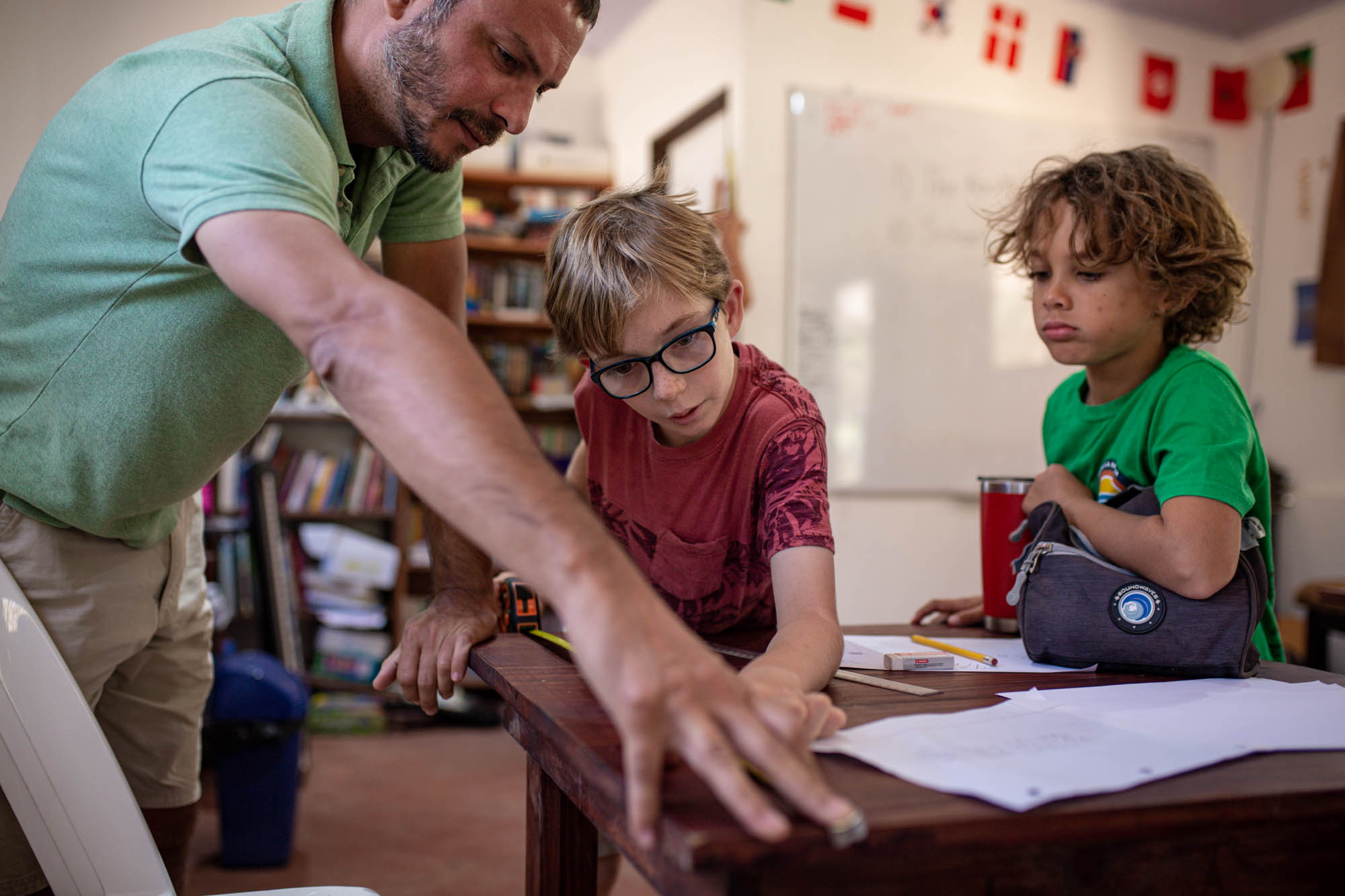
Costa Rican physicist Esteban Monge, husband of Sylvia Barreto, helps two children measure classroom structures on the morning of February 8, 2020. During class, they learned to measure perimeters and then learned to calculate the square area. Photo: César Arroyo Castro
***
Multiculturalism and diversity converge at IREN: the days begin with the 20 foreign and local children currently enrolled counting in different languages: English, Spanish, Chinese, French, German… with the seven staff members of the educational center counting along with them.
Afterward, the group is divided into three subgroups according to their learning grade. “We don’t worry so much about age to decide the level. The kid can be at whatever level regardless of age,” explained Sylvia.
Monika, Luke’s mother, understands the methodology very well and why her son has adapted to it. “My boy is six years old, but he is at a third-grade math level, not first grade,” she said. “He may read like a first grader but then he can continue to advance his level of math.”
Of course, at home, Monika reinforces Luke’s learning with some traditional teaching content. “Sometimes I’m afraid that they won’t have the basic contents, so I teach him the irregular verbs,” she said, giving an example. “I take what I think is good from traditional education. But I think IREN is amazing at teaching them that education can be fun.”
That is key for Monika, who figures that her son could advance with IREN until he’s 12 or 13 years old, and then assess whether he returns to traditional education. “Sometimes traditional schools can kill the sense that learning is fun. So I think he can start like this and then later adapt to the traditional [learning].”
That idea isn’t very different from Sylvia’s vision. She believes that IREN’s teaching methodologies can be useful throughout a child’s entire education, or just part of it, or even that it doesn’t work for everyone.
“One of the things that we’ve been able to achieve is that children with trauma or with apparent learning problems come with us, gain confidence, manage to become people who feel like people and then decide later to return to traditional school, because many times they want to be part of a group, but they don’t have enough confidence to do it,” she explained.
IREN costs from $300 to $500 a month. Other private schools in the area cost about the same. But Sylvia knows that not all families can afford this personalized education for their children who have challenges similar to Luke’s or to her children’s.
That’s why her vision is for more families to enroll their children in order to pay more and more tutors and also to have more children with scholarships, or for some families to finance the education of other children, which is the case with three of the 20 currently studying at IREN. Sylvia even aspires to open afternoon and evening sessions for adults who haven’t yet graduated from elementary or high school.
Part of our economic system is that we have to provide services to everyone, because we have a lot of money here in this foreign community. Right now, most of them are foreigners, but now our strong objective is [to seek] scholarships so other people can have a study system that works for him or her,” she explained.
In that way, she believes more families will feel what Monika feels with her son Luke, who is convinced that Sylvia was able to see something in her son that only she could see.
“People ask me what the difference is, and it’s simple. It’s a numbers game,” Sylvia said. “Here, there’s a teacher for every five students, not one educator for every 20 or 30.”


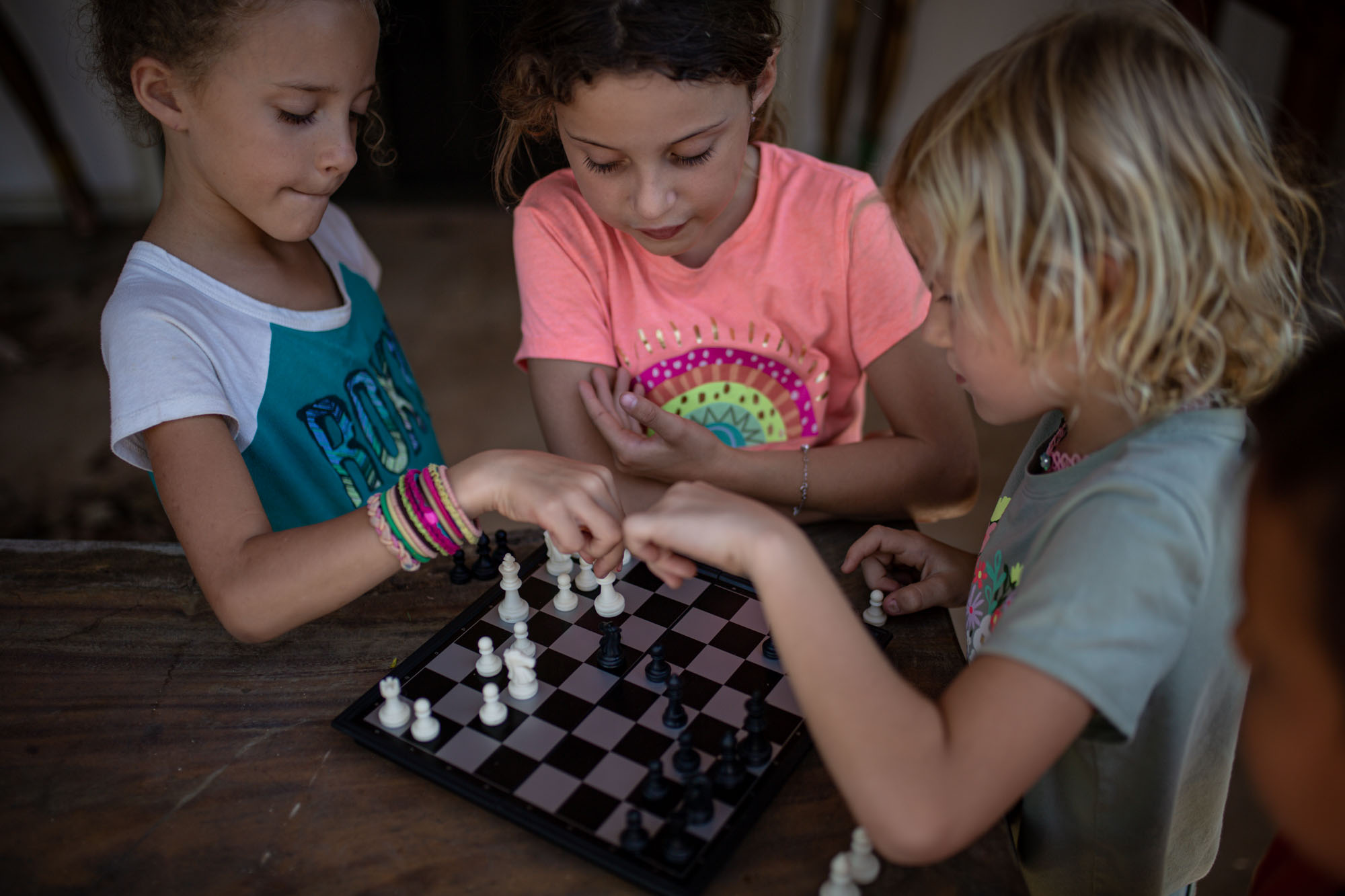
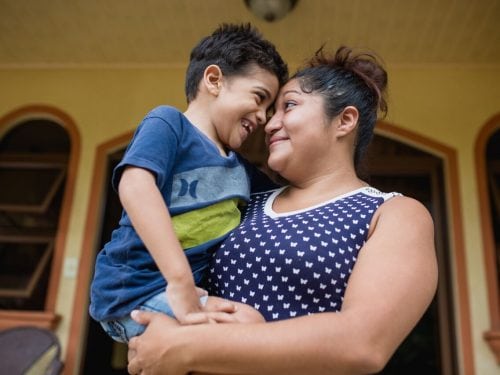
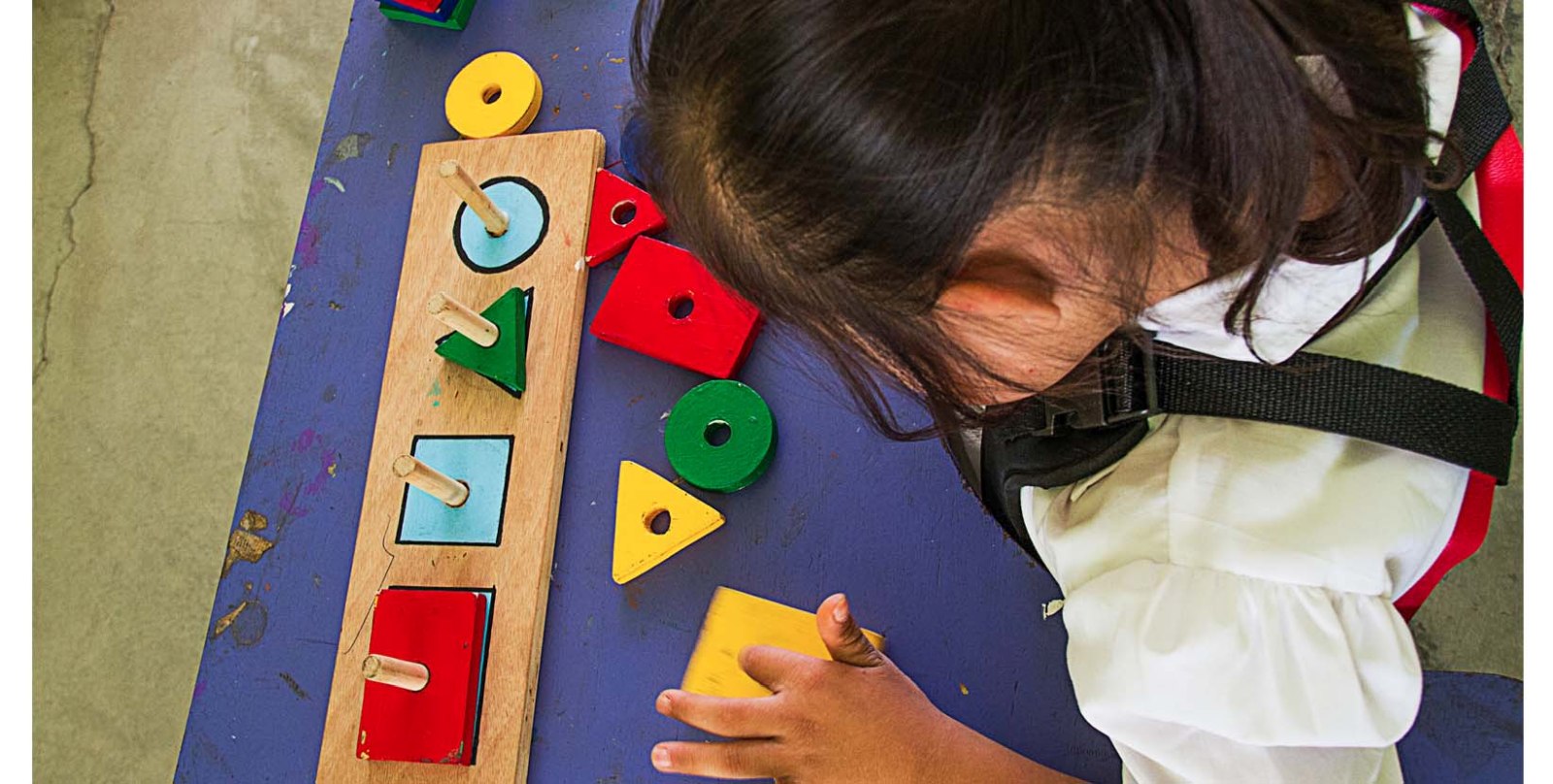
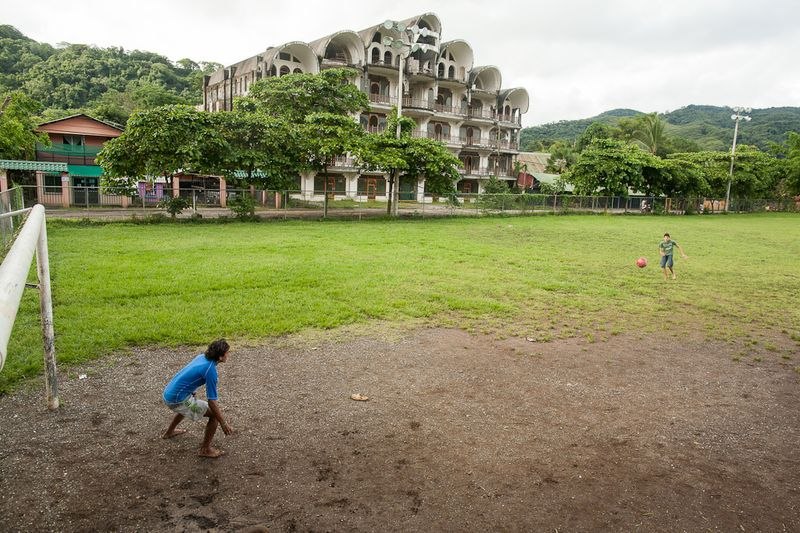

Comments